Some Simple Marketing Techniques
 Marketing your business doesn’t have to be complicated or expensive, clever is okay though. Here are some techniques you might consider using to help grow any type of business.
Marketing your business doesn’t have to be complicated or expensive, clever is okay though. Here are some techniques you might consider using to help grow any type of business.
We are always looking for something new, the next thing…
There’s only one thing that peaks peoples interest more than NEW stuff, and we’ll get to that shortly. First, let’s talk about NEW. Even if you hear talk about how things used to work better or last longer, the truth is, new still attracts attention.
By adding something new to your product line, or through your website, social media, a special offer possibly, you are creating an opportunity to attract sales. It doesn’t need to be big or complicated, it should however be of value.
It could be as simple as tips and tricks to get the best from your products, this would help existing customers, whilst better explaining the benefits to potential customers.
Now we talk about the other thing, FREE..!
FREE doesn’t necessarily mean give away, or cost you money for no return. Think about FREE as part of your marketing budget, by including FREE in your marketing spend you can measure the results. You might be surprised just how often FREE gives you the best return.
Okay enough of the block capitals. Free samples at the supermarket, free drinks and canopies at a sales seminar or even sharing your expertise either live or through your website, these are all examples of free stuff that can be used to attract new customers.
Free samples create an instant want for that product, an impulse to buy, whilst hospitality can be used to add a perceived warmth to your business. By helping people with your expertise you are creating trust that will expose them to your marketing again and again when they are looking for information.
Why should customers make space in their lives for your product?
What will customers achieve by having your product in their life? As suppliers of a service or product we often forget that it’s not necessary for people to know how things are done or how clever something is, they’re only really interested in the end result and how it will benefit or improve their life.
The mobile phone is a classic example of this, very few people want to know how the technology works, all they really care about is what it looks like, is it the latest model, can they text friends, post on Facebook, follow on Twitter and (nearly forgot) call someone..!
For those that love acronyms – USP
What is your USP, what separates you from the competition..? There are very few markets where you will be the only action in town, so what do you do better than the rest..? Faster delivery, better price, amazing results or incredible support, these are all USPs, in your market there maybe others.
Look at selling your product as the beginning of a relationship that you hope will last many years and many iterations of your product or products. Focus on what is important to the customer whilst building a model that provides your business with growth.
Never rest on your laurels or past glory – Any England sports team take note…
Remember where we started with this little journey, NEW. Things move on and although you might not always be ahead of the curve you should plan for change. In our business sector smartphone apps and mobile internet access have been on a surge in the last few years.
To keep up with this change we planned and developed responsive web systems that work across a full range of devices. This meant our customers were ahead of the game when Google announced changes to their mobile search results. Another part of this change was making partnerships with trusted providers we can turn to when a requirement beyond our scope lands on the desk.
What can you do to stay current?
Change will always happen even if your customer base is of a specific demographic. As potential customers enter your sights they will bring with them the attitude they have lived with up to this point and this will almost certainly be different to that of the generation before. There’s no need to reinvent the wheel, however this is where trends become an important part of your business planning, website analytics and emerging business strategies can help as indicators of how your emerging customer base react to a variety of marketing techniques.


 Word on the street is we are all pretty savvy when it comes to finding a bargain. And I’m sure you’ve come across an online coupon before…But have you considered using one for your business? Apparently, consumers these days are quite the detectives…doing a lot of research before they purchase a product to see what is the best offer. If you offer a discount, this really could be the deal-breaker for securing customers.
Word on the street is we are all pretty savvy when it comes to finding a bargain. And I’m sure you’ve come across an online coupon before…But have you considered using one for your business? Apparently, consumers these days are quite the detectives…doing a lot of research before they purchase a product to see what is the best offer. If you offer a discount, this really could be the deal-breaker for securing customers. What is a lead?
What is a lead? All you need is your imagination…and some fairy dust. Guerrilla marketing is by no means a new thing. But fortunately for us, the idea was designed for small businesses with low budgets. Guerrilla Marketing is a low cost, high-fun way to communicate with your audience. You can go wild and make it unique. It is usually in the public eye and excites and astounds you, leaving a lasting impression beyond the experience. Just stop what you are doing for 1 minute. Think about any unique marketing you have seen that really stood out to you.
All you need is your imagination…and some fairy dust. Guerrilla marketing is by no means a new thing. But fortunately for us, the idea was designed for small businesses with low budgets. Guerrilla Marketing is a low cost, high-fun way to communicate with your audience. You can go wild and make it unique. It is usually in the public eye and excites and astounds you, leaving a lasting impression beyond the experience. Just stop what you are doing for 1 minute. Think about any unique marketing you have seen that really stood out to you. Marketing your business doesn’t have to be complicated or expensive, clever is okay though. Here are some techniques you might consider using to help grow any type of business.
Marketing your business doesn’t have to be complicated or expensive, clever is okay though. Here are some techniques you might consider using to help grow any type of business.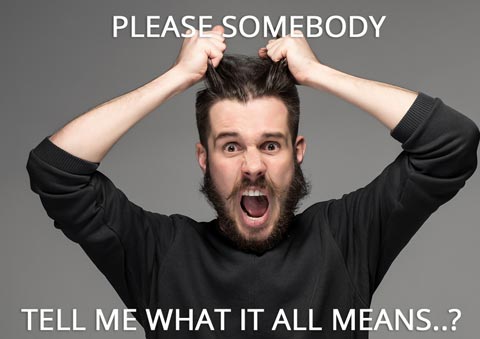 Jargon, Buzzwords, Spiel are not a new thing in business, with marketing departments being guilty of introducing a lot of them, but remember for those people outside of your Business Vertical, often referred to as new or potential customers, jargon is just gobbledegook. Businesses are now releasing content that suggests things like “We want to engage more deeply with customers to better understand their needs“. All customer service agents have just cringed because it’s obvious the marketing department came up with that, you’ll have to excuse them of course because unlike you they have no idea about talking to customers.
Jargon, Buzzwords, Spiel are not a new thing in business, with marketing departments being guilty of introducing a lot of them, but remember for those people outside of your Business Vertical, often referred to as new or potential customers, jargon is just gobbledegook. Businesses are now releasing content that suggests things like “We want to engage more deeply with customers to better understand their needs“. All customer service agents have just cringed because it’s obvious the marketing department came up with that, you’ll have to excuse them of course because unlike you they have no idea about talking to customers.
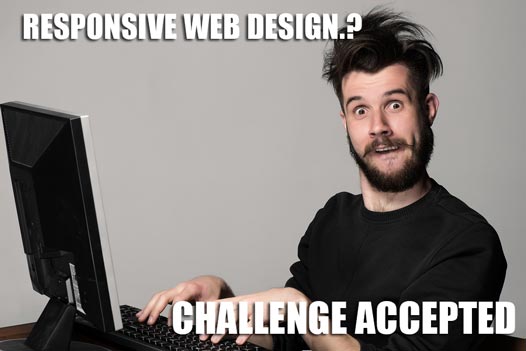
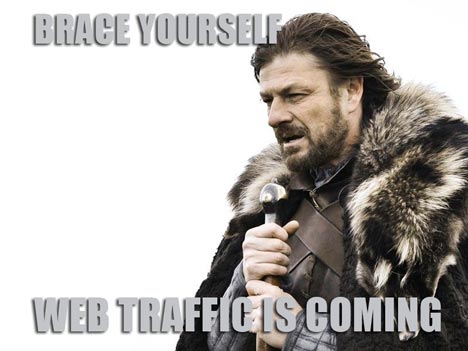
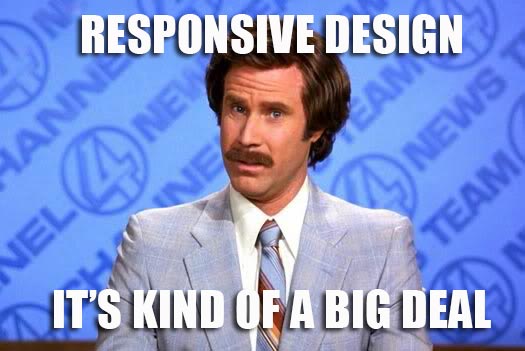

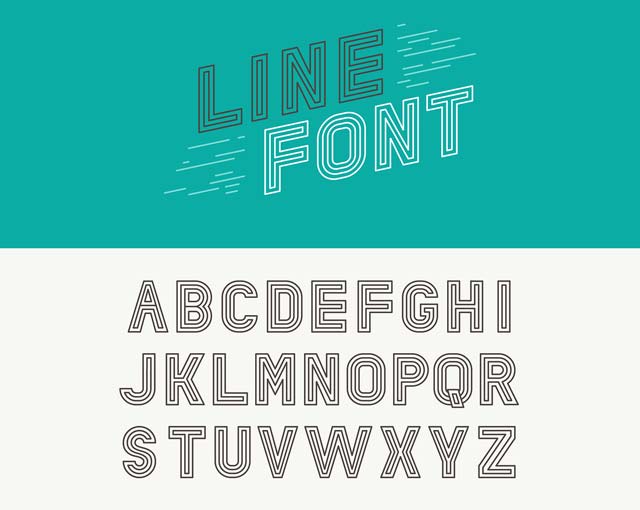 When people visit your website they might look at the images and the colours but you can be sure they will be reading the text.
When people visit your website they might look at the images and the colours but you can be sure they will be reading the text. More users are viewing online campaigns with their mobiles than ever before, and that trend appears to be accelerating. Marketing to mobiles tends to produce a response that is different to those of traditional methods.
More users are viewing online campaigns with their mobiles than ever before, and that trend appears to be accelerating. Marketing to mobiles tends to produce a response that is different to those of traditional methods. Traditional marketing methods have seen circulation, viewers and readership decline, which has effectively pushed up the price of each interaction and lowered return on investment.
Traditional marketing methods have seen circulation, viewers and readership decline, which has effectively pushed up the price of each interaction and lowered return on investment.